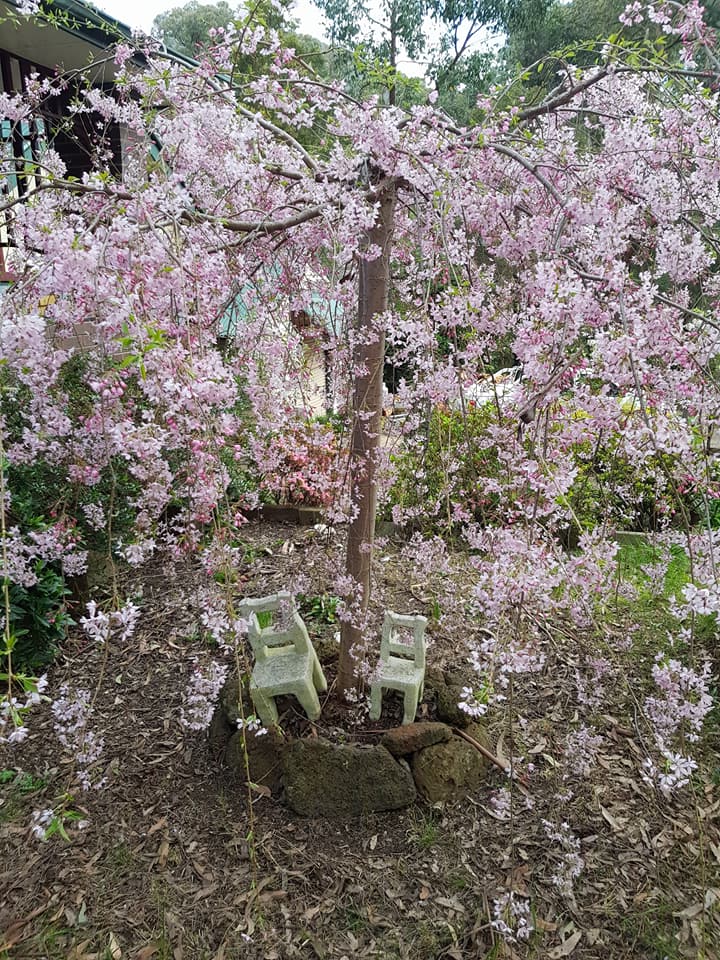The best way to avoid problems with trees near your home, school or property is to select appropriate trees for the space in the first instance.
One of the questions we get asked the most frequently is ‘Will my trees roots impact or damage my property?’
The truth is this is just one of the many problems that we need to consider when selecting and planting trees in our gardens.
Our arborists can provide expert tree selection advice and assist with landscaping ideas.
If you can provide information about the purpose of the planting, then we will definitely have a number of ideas that will best suit any situation or location.
Native shrubs and trees are fantastic for attracting birds, bees and butterflies with their evergreen foliage. They can often be hardy and drought tolerant and more suited to our climatic conditions. Natives may be an easier option for gardeners who don’t have time to nurture more sensitive specimens.
Natives can provide an alternative option for great informal hedging and privacy screens that require a lot less ongoing and potentially expensive maintenance than some more traditional options.
Correctly selected feature trees can increase property value when planted in the right spot and can be great for providing shade, or Autumnal colours as the seasons change.
Fruit trees can be great to provide a colour contrast as well as a source of edible produce that can be enjoyed at different times of the year.
Be sure to contact us the next time you are considering planting a tree near your home so our Arborists can provide you with advice to ensure a suitable selection so you can enjoy your tree for many years to come.
More info about Tree Selection
Species diversity is of high importance when considering what types of plants to use in a given area. The use of native and/or indigenous species will help to boost the level of wildlife and birdlife that will be attracted to the area.
Utilising a wide range of species of native, indigenous and some exotic specimens will help to improve protection against insect or pathogen attack within the tree population. Insects will normally attack a specific species or a tree that has been previously impacted rendering it unable to defend itself. If the tree population is a monoculture or single species, a pest or pathogen can easily transfer from tree to tree.
“Diversity means a large number of plant species creating a variety of habitats thereby allowing numbers of species to thrive in balanced, permanent ecosystems” Taylor, M 2008.
Future Climatic Changes
There is now considerable peer-reviewed evidence that our global climate is changing. This shift in climatic conditions will make it much harder for trees in all stages of their lives. As average temperatures increase, groups of species will become unable to manage in these new conditions. Extended summer periods with higher average temperatures means higher evaporation and decreased soil moisture. This in turn affects soil microbiomes which are critical for plant and tree health.
To ensure the longevity of a tree population species selection must consider the local growing conditions and environment that they will be planted into. This is a critical step in creating a landscape that not only survives but also thrives well into the future for many generations to enjoy.
Age Diversity
Pests and pathogens attack trees at different levels of maturity and for different reasons. For example; Some prefer young, soft wood of saplings or juvenile trees while others prefer large mature trees to provide shelter while they establish themselves. For example; If the age range of a tree population is narrow, then an infestation of a particular pest could have a more detrimental outcome than that in a population with a wider age range.
Bird life in particular require a diverse selection of habitat that can only be derived from having a diverse age range. Small trees and larger woody shrubs provide shelter and protection from predators and weather events while large canopy trees provide roosting space as well as the linking of vegetation corridors between broader areas of the community.
Large mature trees also provide habitat for a wide range of wildlife. As they age, trees change form and structure as they adapt to the environment that they are exposed to. Some birds and animals undertake activities that encourage the production of the habitat they require to live and reproduce. Particular birds will intentionally damage a part of a tree branch to induce its future failure. This loss of a limb will eventually create a hollow for a bird to roost in or a mammal to nest in.



